Ants are small, social insects that belong to the family Formicidae. They are among the most diverse groups of animals on Earth, with over 12,000 known species and potentially many more yet to be discovered. Ants are found on every continent except Antarctica and play crucial roles in various ecosystems.
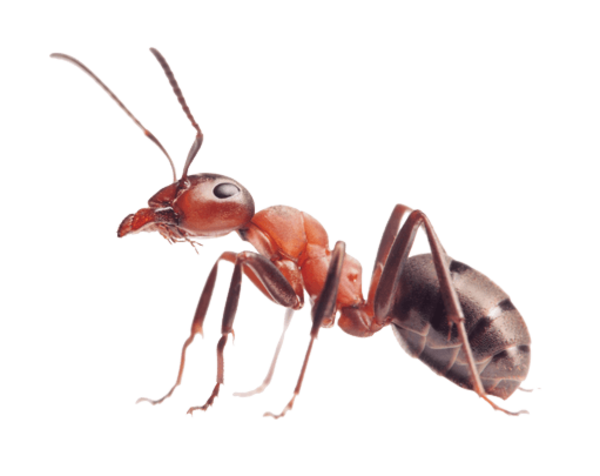
Here’s an expanded table that includes information about the toxicity, aggressiveness, and pain level associated with each type of ant:
| Ant Species | Description | Habitat | Diet | Toxicity | Aggressiveness | Pain Level (1-10) |
|---|---|---|---|---|---|---|
| Carpenter Ant (Camponotus) | Known for excavating wood to create nests. They are large and can be black or red. | Decaying wood, trees, buildings | Omnivorous: insects, honeydew, seeds | Non-toxic, no significant venom | Low | 1 |
| Leafcutter Ant (Atta) | Famous for cutting leaves and using them to cultivate fungi. They are social and work together. | Tropical rainforests | Fungi, plant material | Non-toxic, bites can be annoying | Moderate | 2 |
| Fire Ant (Solenopsis) | Recognizable by their aggressive behavior and painful sting. They are small and reddish-brown. | Open fields, lawns, urban areas | Omnivorous: proteins, sugars | Venomous, causes painful stings | Very high | 6-8 |
| Sugar Ant (Camponotus consobrinus) | Common in Australia, known for their attraction to sugary substances. | Urban areas, forests | Sugar, nectar, honeydew | Mildly venomous | Moderate | 3 |
| Black Garden Ant (Lasius niger) | Common in gardens, they build nests in soil and are known for their black color. | Gardens, lawns | Omnivorous: insects, plant material | Non-toxic, minor irritation possible | Low | 1 |
| Pharaoh Ant (Monomorium pharaonis) | Small and yellow to light brown, they are notorious for invading homes. | Indoors, hospitals, buildings | Omnivorous: fats, sugars, proteins | Non-toxic | Low | 1 |
| Argentine Ant (Linepithema humile) | Small, light to dark brown, they form large colonies and are aggressive towards other ant species. | Urban areas, gardens | Omnivorous: seeds, honeydew | Non-toxic | Moderate to high | 2 |
| Pavement Ant (Tetramorium caespitum) | Recognizable by their small size and the ability to build nests in cracks of pavements. | Urban areas, sidewalks | Omnivorous: seeds, insects | Non-toxic | Low to moderate | 1 |
| Harvester Ant (Pogonomyrmex) | Known for collecting and storing seeds, they are robust and often have painful stings. | Deserts, grasslands | Seeds, plant material | Venomous, painful stings | High | 5-7 |
| Trap-Jaw Ant (Odontomachus) | Notable for their powerful jaws that snap shut at high speed, used for capturing prey. | Tropical forests, grasslands | Insects, small animals | Non-toxic | Moderate | 2 |
while most ants are non-toxic and pose little threat to humans, some species, like fire ants and harvester ants, can deliver painful stings that may cause allergic reactions in sensitive individuals. Understanding these characteristics can help in managing encounters with ants, especially in areas where aggressive species are prevalent.
Ants exhibit an incredible diversity in species, each with unique adaptations to their environments. From the industrious leafcutter ants that cultivate fungi to the aggressive fire ants known for their painful sting, these insects play essential roles in their ecosystems and can often be found in a wide range of habitats.
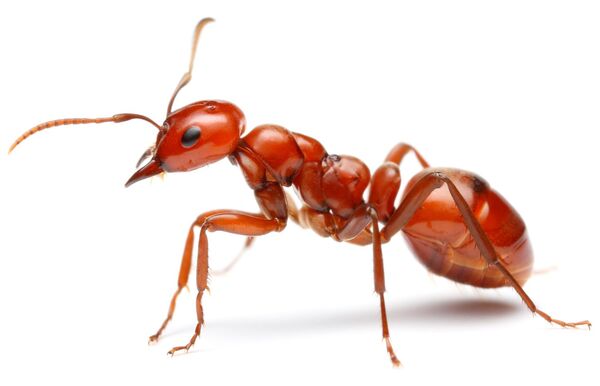
Ants have distinct physical features that enable them to thrive in their environments:
Body Structure: An ant's body is divided into three main parts: the head, thorax, and abdomen.
Antennae: Ants have long, segmented antennae that are vital for communication and sensing their environment.
Mandibles: These are strong, jaw-like structures used for carrying objects, building nests, and defending against predators.
Exoskeleton: Ants possess a hard exoskeleton made of chitin, providing protection and structural support.
Ants are known for their complex social structures, typically consisting of three castes:
Queens: The reproductive females responsible for laying eggs. Some species have multiple queens in a single colony.
Workers: Non-reproductive females that perform various tasks, such as foraging for food, caring for the queen's offspring, and maintaining the nest.
Drones: Male ants whose primary role is to mate with the queen. They typically die shortly after mating.
Ants communicate primarily through pheromones, chemical signals that convey information about food sources, danger, and colony status. This chemical communication allows ants to coordinate activities and maintain their social structure effectively.
Ants are omnivores and have diverse diets that can include:
Plant material: Leaves, seeds, and nectar.
Fungi: Some species, like leafcutter ants, cultivate fungi as their primary food source.
Other insects: Ants often prey on or scavenge dead insects.
Honeydew: A sugary substance secreted by aphids, which many ants farm and protect in exchange for this nutrient-rich food.
Ants can be found in a wide range of habitats, including forests, deserts, grasslands, and urban areas. They build nests in various locations, such as:
Underground: Many species create elaborate burrows.
Wood: Carpenter ants excavate wood to create their nests.
Leaf litter: Some ants build nests in decaying leaves or soil.
Ants play essential roles in ecosystems, including:
Soil aeration: Their tunneling activities help aerate the soil, promoting plant growth.
Seed dispersal: Some ants collect seeds and transport them to their nests, aiding in plant reproduction.
Predators and prey: Ants serve as both predators of pests and prey for various animals, maintaining ecological balance.
Ants are fascinating creatures with complex social structures, diverse diets, and significant ecological roles. Their ability to work together as a colony and communicate effectively has made them one of the most successful groups of insects on the planet. Understanding ants can help us appreciate their contributions to our ecosystems and manage their populations when they invade our homes.
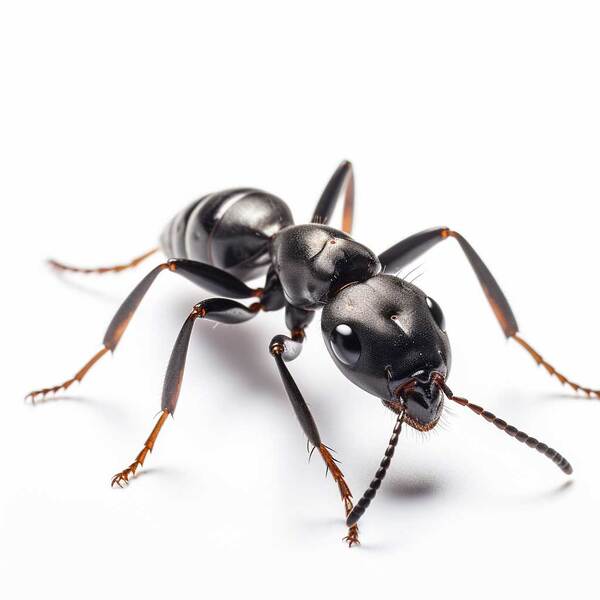
If you've ever found ants marching through your kitchen or yard, you might be looking for effective ways to get rid of them. One popular suggestion is using baking soda. But does it really work? In this article, we’ll explore whether baking soda can kill ants, how it works, and other methods to consider for ant control.
Ants are social insects that live in colonies, and they can invade homes in search of food, water, and shelter. Common types of ants you might encounter include:
Carpenter ants: These can damage wood structures.
Sugar ants: Known for their sweet tooth, they often invade kitchens.
Fire ants: Aggressive and known for their painful stings.
To effectively deal with ants, it’s essential to understand their behavior and preferences. They communicate with pheromones, so when one ant finds food, it leaves a trail for others to follow.
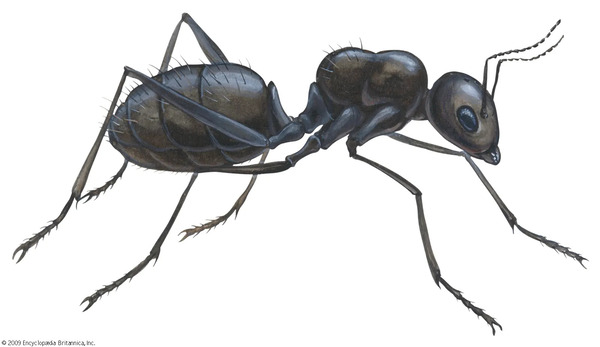
Baking soda, or sodium bicarbonate, is a common household item known for its ability to neutralize odors, clean surfaces, and help baked goods rise. But can it kill ants?
Baking soda works against ants primarily through its interaction with their digestive systems. When ants consume baking soda, it reacts with the acid in their stomachs, producing carbon dioxide gas. This buildup of gas can be fatal to ants, as they cannot expel it like humans can.
If you decide to try baking soda as an ant deterrent, here’s how to do it effectively:
Create a Bait Mixture:
Mix equal parts of baking soda and sugar. The sugar attracts ants, while the baking soda does the work of elimination.
Place the Mixture Strategically:
Put small amounts of this mixture in areas where you see ant activity, such as near their trails or nest entrances.
Monitor the Situation:
Check the bait regularly. If you see that the mixture is gone, you may need to replenish it.
Patience is Key: It may take a few days to see results, as the ants need to consume the bait and return it to their colony.
Effectiveness: Baking soda is most effective for small ant problems. For large infestations, you may need more aggressive methods.
While baking soda can help, you might want to consider other natural solutions as well:
Vinegar: A mixture of equal parts vinegar and water can disrupt ant trails and deter them from entering your home.
Diatomaceous Earth: This natural powder can kill ants by damaging their exoskeletons when they come into contact with it.
Essential Oils: Oils like peppermint, tea tree, and lemon can repel ants. Mix with water and spray around entry points.
If you have a severe ant infestation that baking soda and other natural remedies don’t resolve, it may be time to call in a pest control professional. They can assess the situation and provide targeted treatments that are effective and safe for your home.

Infestation and Property Damage:
Some ant species, like carpenter ants, can cause significant structural damage to homes by hollowing out wood to create nests. This can compromise the integrity of buildings and lead to costly repairs.
Food Contamination:
Ants are notorious for invading kitchens and pantries, contaminating food supplies. Their presence can lead to hygiene issues, as they can carry bacteria and pathogens from their nests to food surfaces.
Aggressive Behavior:
Certain species, such as fire ants and bullet ants, can be aggressive when their nests are disturbed. They are known for their painful stings, which can cause allergic reactions in some individuals, leading to serious medical issues.
Crop Damage:
Some ants, like leafcutter ants, can harm agricultural crops. They cut leaves to cultivate fungi, which can reduce crop yields and affect farmers' livelihoods.
Disruption of Ecosystems:
Invasive ant species, such as the Argentine ant, can disrupt local ecosystems by outcompeting native species for resources. This can lead to a decline in biodiversity and alter the balance of local wildlife.
Predatory Insects:
Many insects, including certain beetles, spiders, and other predatory ants, feed on ants. For instance, the Pharaoh ant may fall prey to larger ants or wasps.
Parasitic Wasps:
Some wasps lay their eggs in or on ants, where the larvae consume the ant from the inside. This biological control can help manage ant populations.
Mammals:
Animals like anteaters, armadillos, and some rodents feed on ants. These mammals play a role in controlling ant populations in their habitats.
Birds:
Many bird species, such as woodpeckers and wrens, include ants in their diet. These birds can help keep ant populations in check.
Fungal Pathogens:
Certain fungi, such as those in the genus Entomophthora, can infect and kill ants. These pathogens can naturally reduce ant populations in the wild.
While ants can pose various dangers to humans, agriculture, and ecosystems, they also have a range of natural enemies that help regulate their populations. Understanding both the threats posed by ants and the organisms that keep them in check is essential for effective pest management and ecological balance.
In summary, baking soda can kill ants, but it’s often best used as part of a broader pest control strategy. Understanding how ants operate and combining multiple methods can lead to more effective results. Whether you choose baking soda or other natural remedies, remember to be patient and persistent. With the right approach, you can reclaim your space from these pesky invaders!
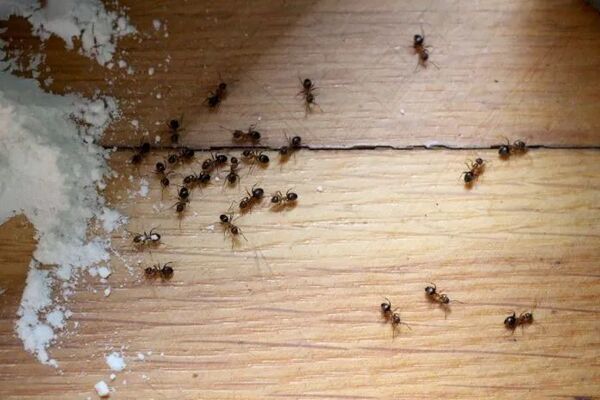
here's how to manage the situation:
Stay Calm: Most ant bites are not serious, but it’s important to remain calm.
Clean the Area: Wash the bite area with soap and water to reduce the risk of infection. Gently pat it dry with a clean towel.
Apply a Cold Compress: Use a cold pack or a cloth soaked in cold water to reduce swelling and numb the pain. Apply it for 10-15 minutes.
Use Over-the-Counter Remedies: If you experience itching or discomfort, consider using an antihistamine or applying a topical hydrocortisone cream. Pain relievers like ibuprofen or acetaminophen can also help.
Monitor for Allergic Reactions: Watch for signs of an allergic reaction, such as swelling beyond the bite area, difficulty breathing, or dizziness. If any of these occur, seek medical attention immediately.
Avoid Scratching: It’s important not to scratch the bite, as this can lead to infection.
Follow Up: If the bite becomes increasingly red, swollen, or painful, or if you notice any unusual symptoms, consult a healthcare professional.
By following these steps, you can effectively manage an ant bite and minimize discomfort.
animal tags: ants
We created this article in conjunction with AI technology, then made sure it was fact-checked and edited by a Animals Top editor.